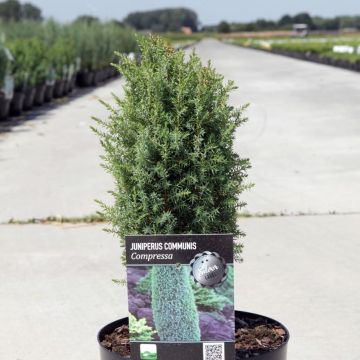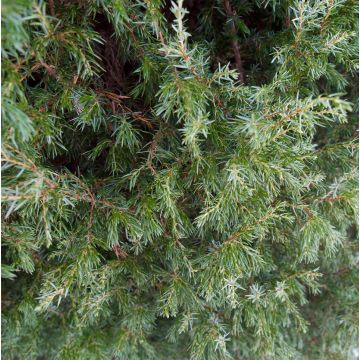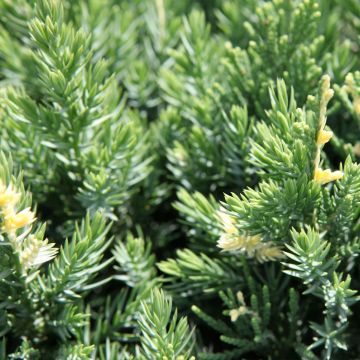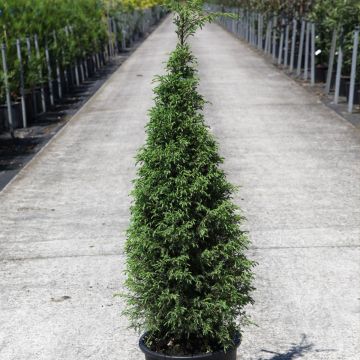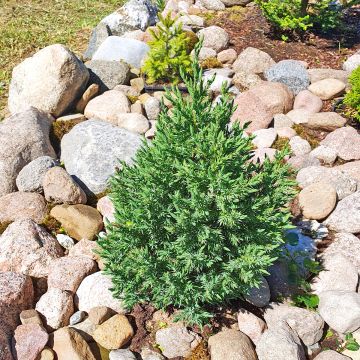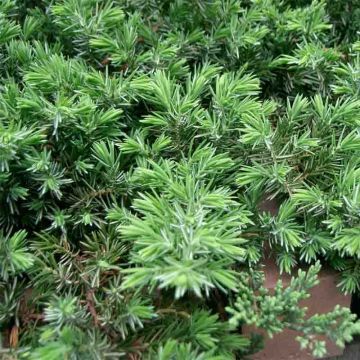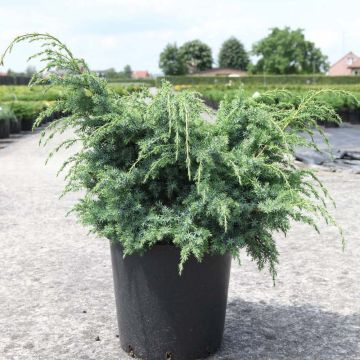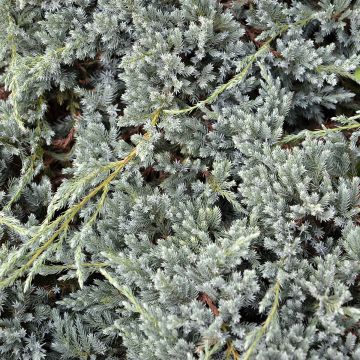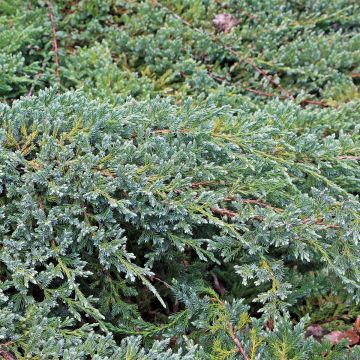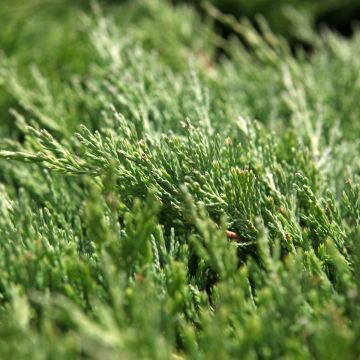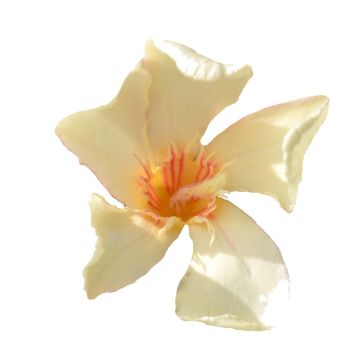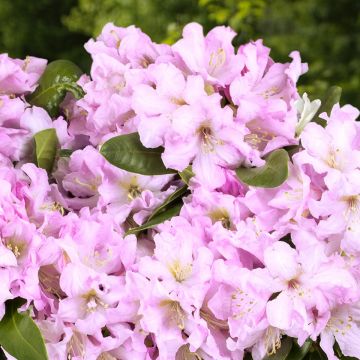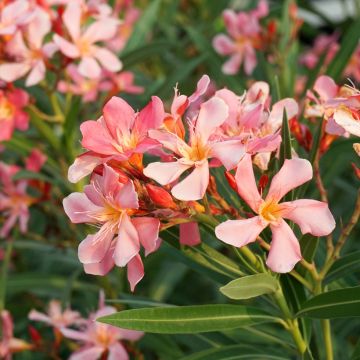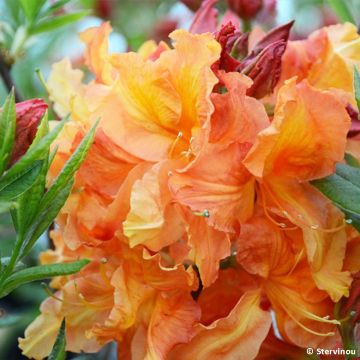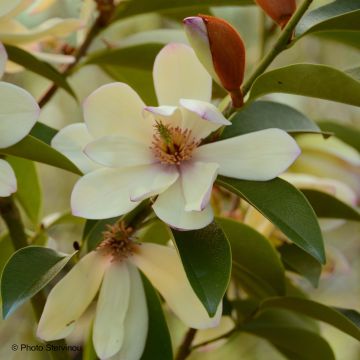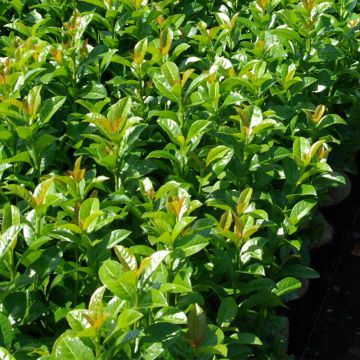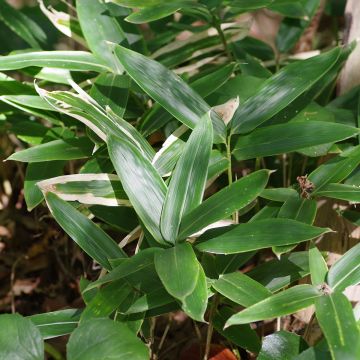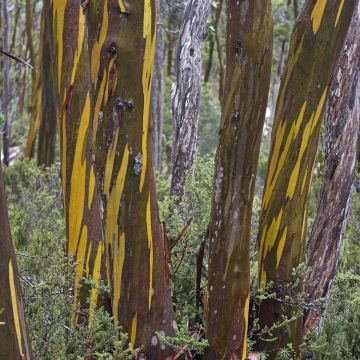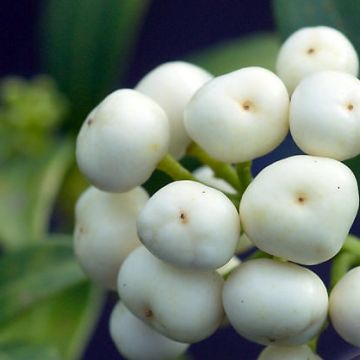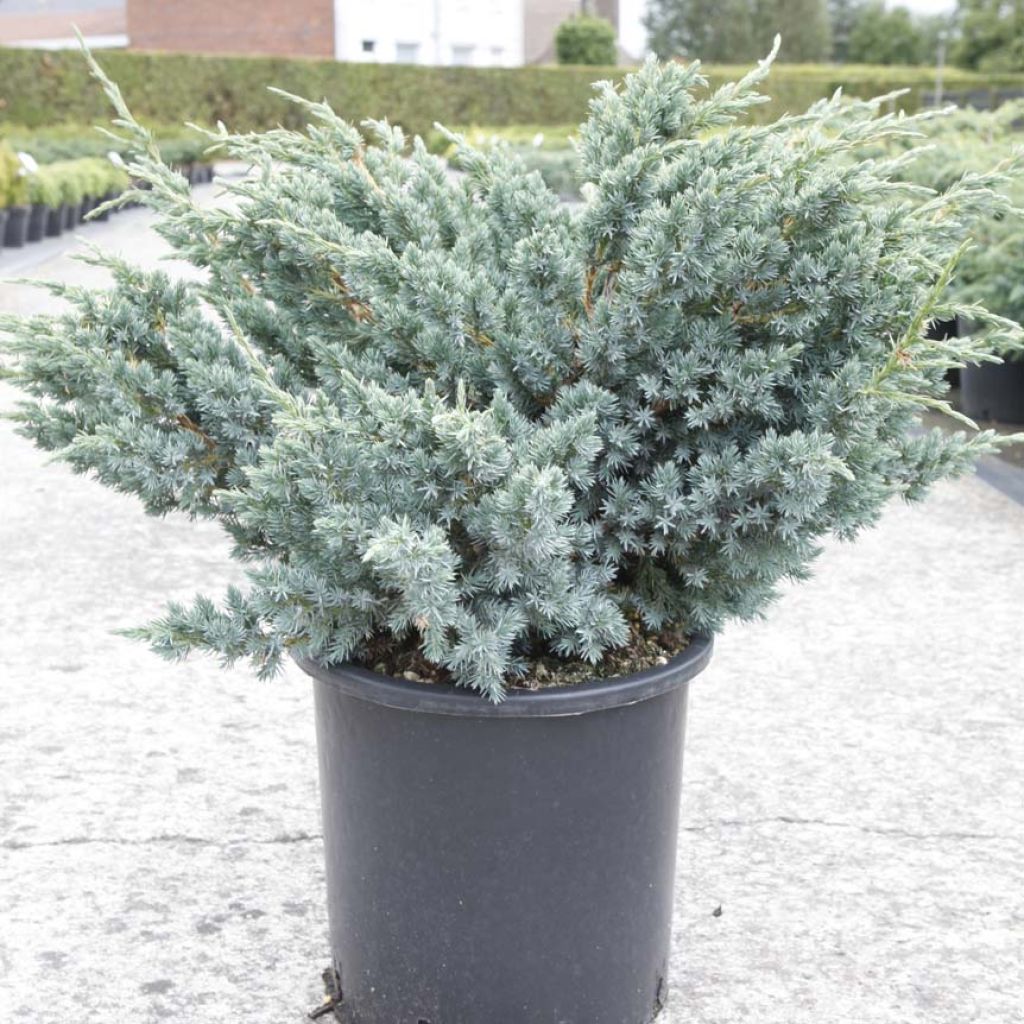

Juniperus squamata Meyeri
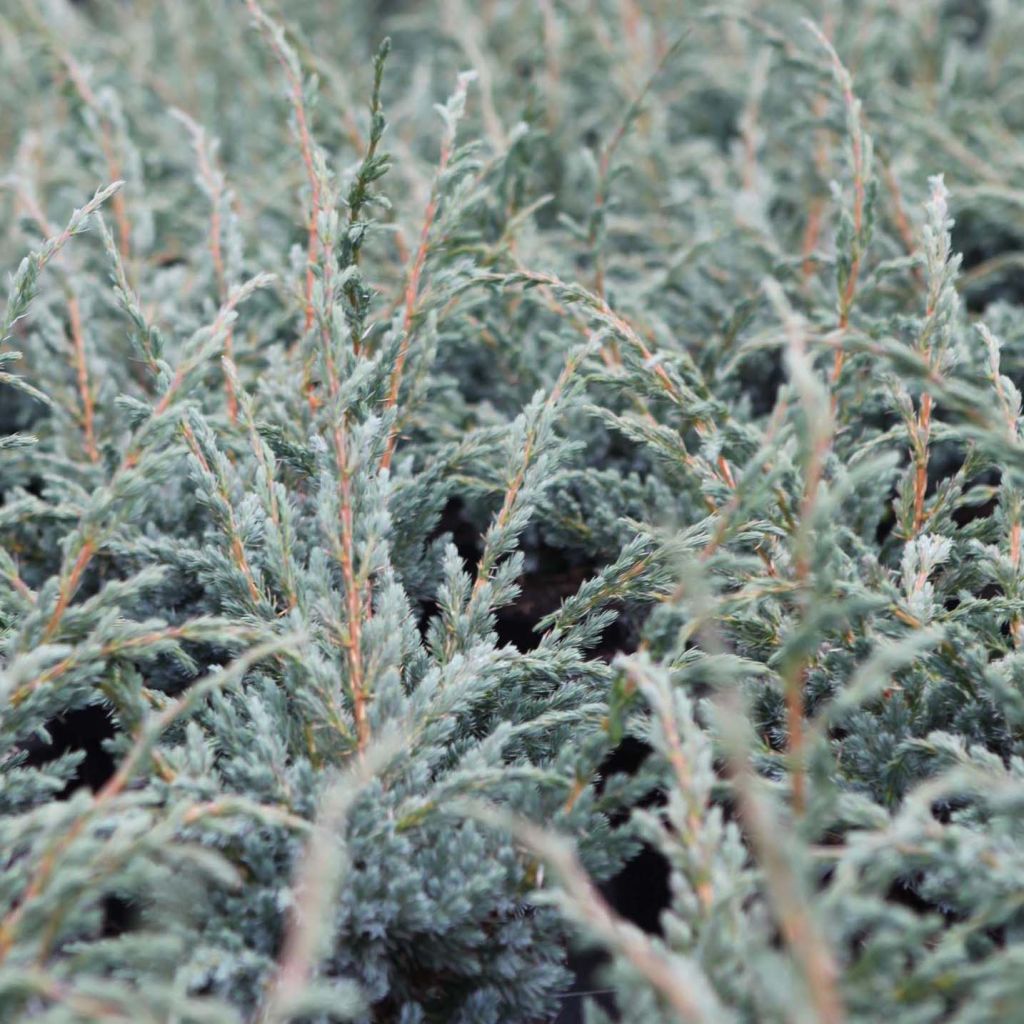

Juniperus squamata Meyeri
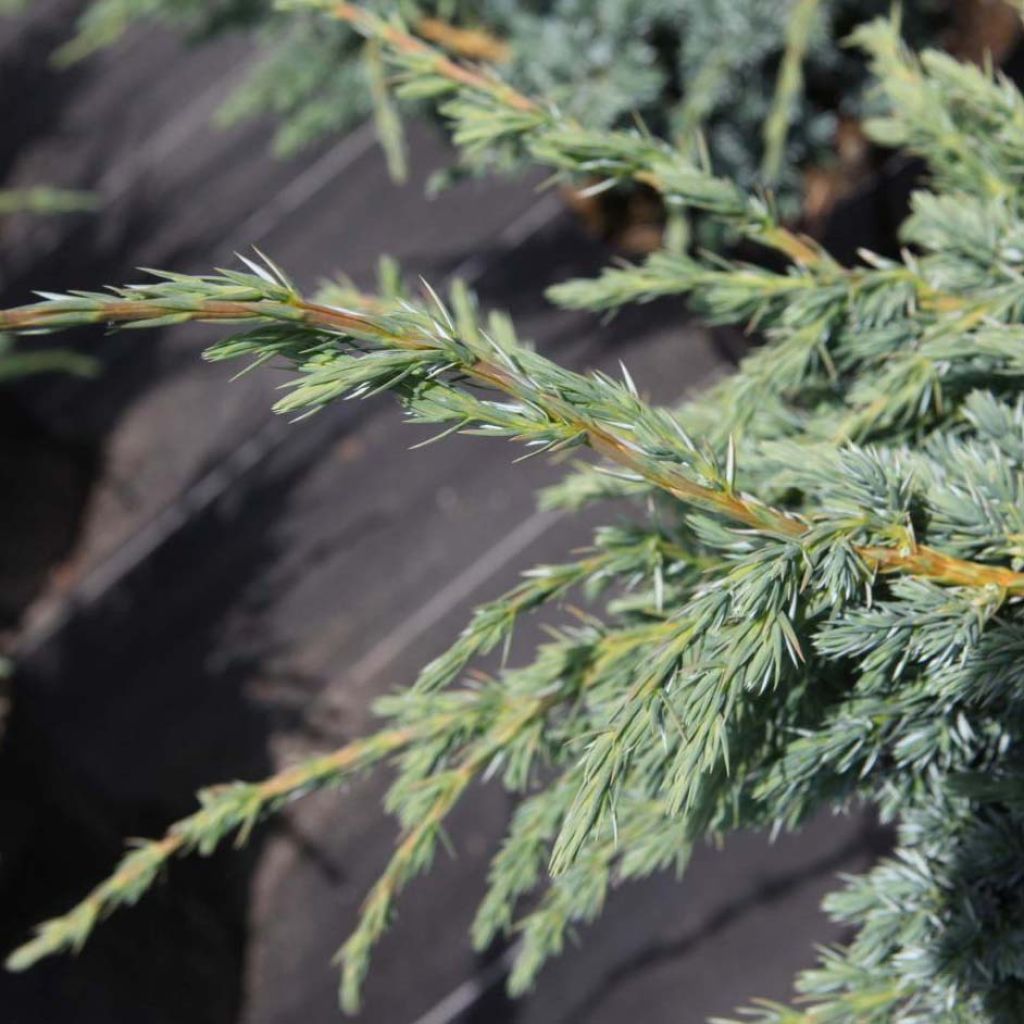

Juniperus squamata Meyeri
Juniperus squamata Meyeri
Juniperus squamata Meyeri
Flaky Juniper, Himalayan Juniper
This item cannot be shipped to the selected country
Delivery charge from €5.90
Delivery to Corse prohibited
More information
Schedule delivery date,
and select date in basket
This plant carries a 24 months recovery warranty
More information
We guarantee the quality of our plants for a full growing cycle, and will replace at our expense any plant that fails to recover under normal climatic and planting conditions.
From €5.90 for pickup delivery and €6.90 for home delivery
Express home delivery from €8.90.
Delivery to Corse prohibited: UE law prohibits the import of this plant from mainland France to Corse as part of the fight against Xylella fastidiosa. Please accept our sincere apologies.
More information

Does this plant fit my garden?
Set up your Plantfit profile →
Description
Juniperus squamata 'Meyeri' is a very beautiful blue-tinted scaly juniper, with a very bushy habit and moderate growth, well-suited for medium-sized or larger gardens. The uniqueness of this conifer lies in the architecture of its branches, composed of upright branches that gracefully curve at their tips, giving the whole plant a feathery and blue-silver appearance. In cold weather, in autumn and winter, the shrub gradually takes on shades of grey-purple, which adds a beautiful effect to the flowerless private garden. 'Meyeri' is attractive throughout the year and particularly ornamental when placed as a specimen. It will also appeal to bonsai enthusiasts.
The scaly juniper, also known as the Nepalese juniper, gets its name from its old needles that it retains at the base of the branches. It is an evergreen species native to the mountains of the Himalayas and China, at an altitude between 1600 and 4900 metres (5249 feet and 16076 feet). It is a montane conifer with great hardiness (down to -30°C (-22 °F)) and not very demanding in terms of soil, although it does not tolerate excessively hot and dry climates. Like all junipers, it belongs to the Cupressaceae family.
'Meyeri' reaches 2 metres (6 feet 7 inches) in all directions at the age of 10 and has a very spreading silhouette in its young age. However, when mature, it forms a rounded bush 5 metres (16 feet 5 inches) tall and 3 metres (9 feet 10 inches) wide, with a dense and bushy habit. It grows rapidly when young, then slows down a bit as it ages. Its upright branches, at a 60° (140 °F) angle, have a feathery appearance and are completely covered with short, rigid twigs, adorned with small, tightly packed and imbricate leaves. The glaucous and pale foliage appears almost grey-blue, while the lighter young shoots are very silvery. Junipers have a shallow root system, which sometimes makes them difficult to associate with perennials.
The 'Meyeri' juniper is an undemanding conifer, easy to grow as long as the soil remains fairly moist and it is placed in a sunny location. It is preferably planted as a specimen, or near a wall, or in proximity to a swimming pool, as it blends well with geometric lines and masonry structures. A few specimens can also be grouped to create a small forest at the corner of a medium-sized garden, for example. The true graphic qualities of conifers naturally come to the fore in the design of a contemporary garden, which prefers the aesthetics of shapes, silhouettes, and textures over the dance of blooms. These plants, with their reassuring permanence, provide lasting structure to a flower bed, mark pathways, and border terraces, easily replacing the strong presence of trimmed boxwood. They can be combined with tousled grasses and heathers, whose temperament is very complementary. The key is to play with volumes and colours.
Tips: Water regularly during the first two years, and in case of prolonged drought. While it can tolerate occasional dry soil in cool climates, this conifer will be disappointing in a Mediterranean climate, which is too dry and too hot in summer.
Report an error about the product description
Juniperus squamata Meyeri in pictures
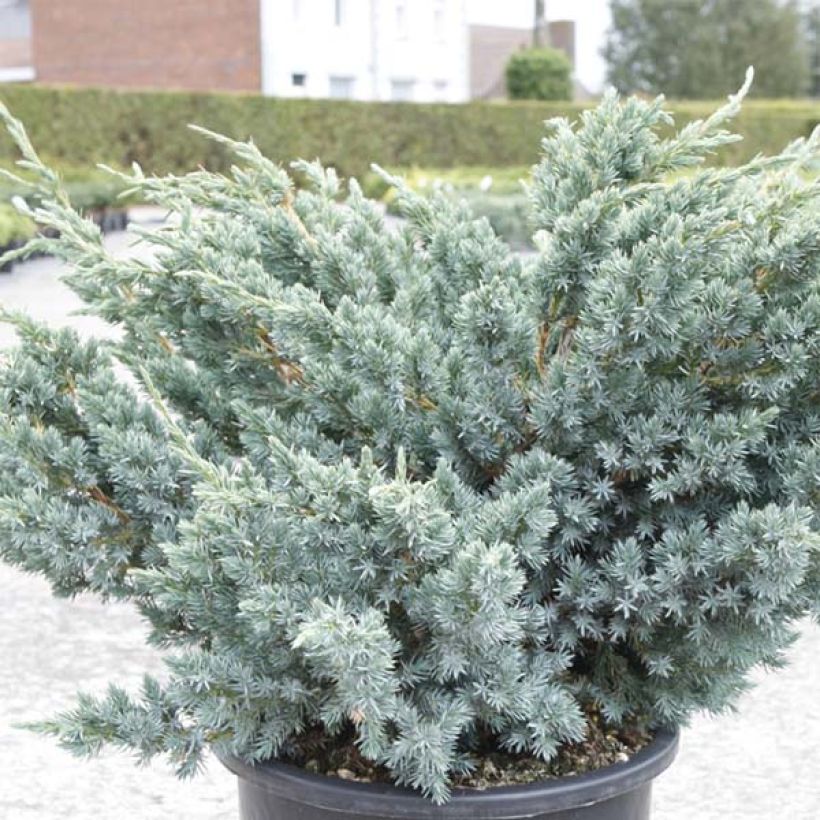

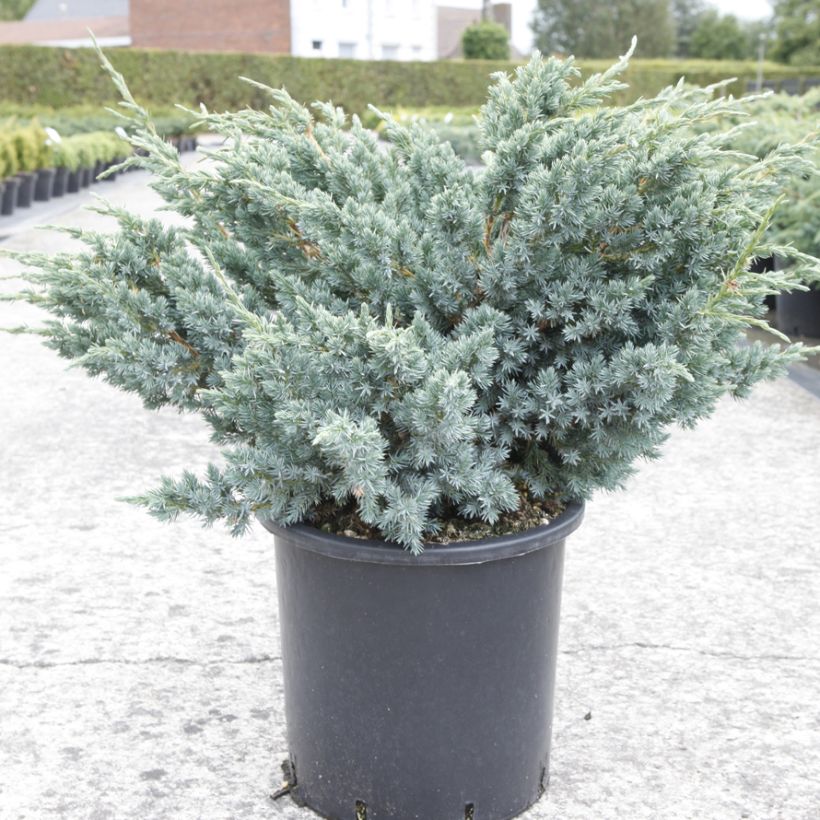

Plant habit
Foliage
Safety measures
Botanical data
Juniperus
squamata
Meyeri
Cupressaceae
Flaky Juniper, Himalayan Juniper
Cultivar or hybrid
atteinterespiratoire
Cette plante peut entraîner des symptômes allergiques.
Evitez de la planter si vous ou vos proches souffrez de rhinite saisonnière ("rhume des foins").
Davantage d'informations sur https://plantes-risque.info
Other Juniperus - Juniper
Planting and care
Juniperus squamata 'Meyeri' is a montane climate plant that fears arid situations. It should be planted from September to November in well-drained soil that retains freshness, even if it is poor and slightly chalky, in a very sunny location. If your soil is too heavy, a little trick is to plant your bush on a mound and mulch it with gravel. Water regularly during the first two years, and in case of prolonged drought. Soak the root balls well before planting. Add organic amendment at planting and water generously in the first few years. Do not hesitate to spray the foliage with water in the evening during excessively hot weather. Amend the soil in April with a special conifer fertilizer and cultivate the soil in summer. This very hardy conifer fears heavy soils, saturated with water in winter. Pruning is not necessary, but this conifer can be perfectly pruned to maintain a beautiful habit or limit its size.
Planting period
Intended location
Care
-
, onOrder confirmed
Reply from on Promesse de fleurs
Evergreen shrubs
Haven't found what you were looking for?
Hardiness is the lowest winter temperature a plant can endure without suffering serious damage or even dying. However, hardiness is affected by location (a sheltered area, such as a patio), protection (winter cover) and soil type (hardiness is improved by well-drained soil).

Photo Sharing Terms & Conditions
In order to encourage gardeners to interact and share their experiences, Promesse de fleurs offers various media enabling content to be uploaded onto its Site - in particular via the ‘Photo sharing’ module.
The User agrees to refrain from:
- Posting any content that is illegal, prejudicial, insulting, racist, inciteful to hatred, revisionist, contrary to public decency, that infringes on privacy or on the privacy rights of third parties, in particular the publicity rights of persons and goods, intellectual property rights, or the right to privacy.
- Submitting content on behalf of a third party;
- Impersonate the identity of a third party and/or publish any personal information about a third party;
In general, the User undertakes to refrain from any unethical behaviour.
All Content (in particular text, comments, files, images, photos, videos, creative works, etc.), which may be subject to property or intellectual property rights, image or other private rights, shall remain the property of the User, subject to the limited rights granted by the terms of the licence granted by Promesse de fleurs as stated below. Users are at liberty to publish or not to publish such Content on the Site, notably via the ‘Photo Sharing’ facility, and accept that this Content shall be made public and freely accessible, notably on the Internet.
Users further acknowledge, undertake to have ,and guarantee that they hold all necessary rights and permissions to publish such material on the Site, in particular with regard to the legislation in force pertaining to any privacy, property, intellectual property, image, or contractual rights, or rights of any other nature. By publishing such Content on the Site, Users acknowledge accepting full liability as publishers of the Content within the meaning of the law, and grant Promesse de fleurs, free of charge, an inclusive, worldwide licence for the said Content for the entire duration of its publication, including all reproduction, representation, up/downloading, displaying, performing, transmission, and storage rights.
Users also grant permission for their name to be linked to the Content and accept that this link may not always be made available.
By engaging in posting material, Users consent to their Content becoming automatically accessible on the Internet, in particular on other sites and/or blogs and/or web pages of the Promesse de fleurs site, including in particular social pages and the Promesse de fleurs catalogue.
Users may secure the removal of entrusted content free of charge by issuing a simple request via our contact form.
The flowering period indicated on our website applies to countries and regions located in USDA zone 8 (France, the United Kingdom, Ireland, the Netherlands, etc.)
It will vary according to where you live:
- In zones 9 to 10 (Italy, Spain, Greece, etc.), flowering will occur about 2 to 4 weeks earlier.
- In zones 6 to 7 (Germany, Poland, Slovenia, and lower mountainous regions), flowering will be delayed by 2 to 3 weeks.
- In zone 5 (Central Europe, Scandinavia), blooming will be delayed by 3 to 5 weeks.
In temperate climates, pruning of spring-flowering shrubs (forsythia, spireas, etc.) should be done just after flowering.
Pruning of summer-flowering shrubs (Indian Lilac, Perovskia, etc.) can be done in winter or spring.
In cold regions as well as with frost-sensitive plants, avoid pruning too early when severe frosts may still occur.
The planting period indicated on our website applies to countries and regions located in USDA zone 8 (France, United Kingdom, Ireland, Netherlands).
It will vary according to where you live:
- In Mediterranean zones (Marseille, Madrid, Milan, etc.), autumn and winter are the best planting periods.
- In continental zones (Strasbourg, Munich, Vienna, etc.), delay planting by 2 to 3 weeks in spring and bring it forward by 2 to 4 weeks in autumn.
- In mountainous regions (the Alps, Pyrenees, Carpathians, etc.), it is best to plant in late spring (May-June) or late summer (August-September).
The harvesting period indicated on our website applies to countries and regions in USDA zone 8 (France, England, Ireland, the Netherlands).
In colder areas (Scandinavia, Poland, Austria...) fruit and vegetable harvests are likely to be delayed by 3-4 weeks.
In warmer areas (Italy, Spain, Greece, etc.), harvesting will probably take place earlier, depending on weather conditions.
The sowing periods indicated on our website apply to countries and regions within USDA Zone 8 (France, UK, Ireland, Netherlands).
In colder areas (Scandinavia, Poland, Austria...), delay any outdoor sowing by 3-4 weeks, or sow under glass.
In warmer climes (Italy, Spain, Greece, etc.), bring outdoor sowing forward by a few weeks.

































